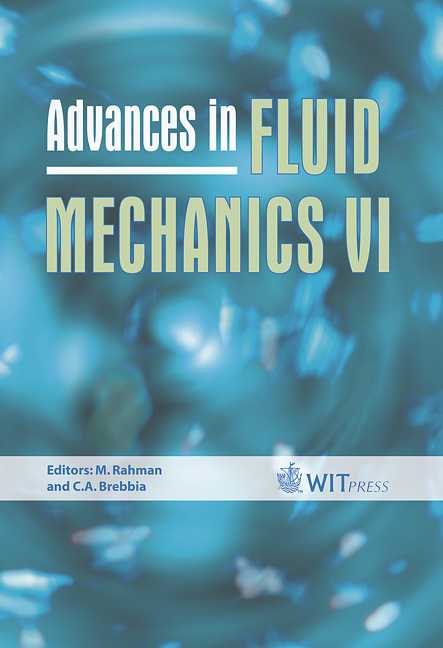A Computational Method For Pressure Wave Machinery To Internal Combustion Engines And Gas Turbines
Price
Free (open access)
Transaction
Volume
52
Pages
10
Published
2006
Size
891 kb
Paper DOI
10.2495/AFM060061
Copyright
WIT Press
Author(s)
A. Fatsis, M. Gr. Vrachopoulos, S. Mavrommatis, A. Panoutsopoulou & F. Layrenti
Abstract
Pressure wave machinery constitutes promising devices in various engineering propulsion applications such as superchargers in automobile engines and topping devices in gas turbines. This article presents applications of a numerical model for the flow field prediction inside wave rotors. The numerical method used consists of an approximate Roe solver that takes into account viscous and thermal losses inside the rotor as well as leakage losses at the extremities of the rotor. The model is extensively validated and then is applied on configurations suited for automobile engine supercharging and for topping devices for gas turbines. For both cases, satisfactory results are obtained by the comparison of the numerical predictions against experimental data available in the literature. It is concluded that the present method can accurately predict the basic unsteady flow patterns inside the rotor. Keywords: pressure wave supercharger, wave rotor, internal combustion engine, gas turbine, unsteady flow. 1 Introduction Pressure wave superchargers or wave rotors or Comprex® are rotating devices in which energy is transferred between two gaseous fluids by short time direct contact of the fluids in slender flow channels. They are composed of two concentric cylinders between which, radial straight planes are arranged giving
Keywords
pressure wave supercharger, wave rotor, internal combustion engine, gas turbine, unsteady flow.





